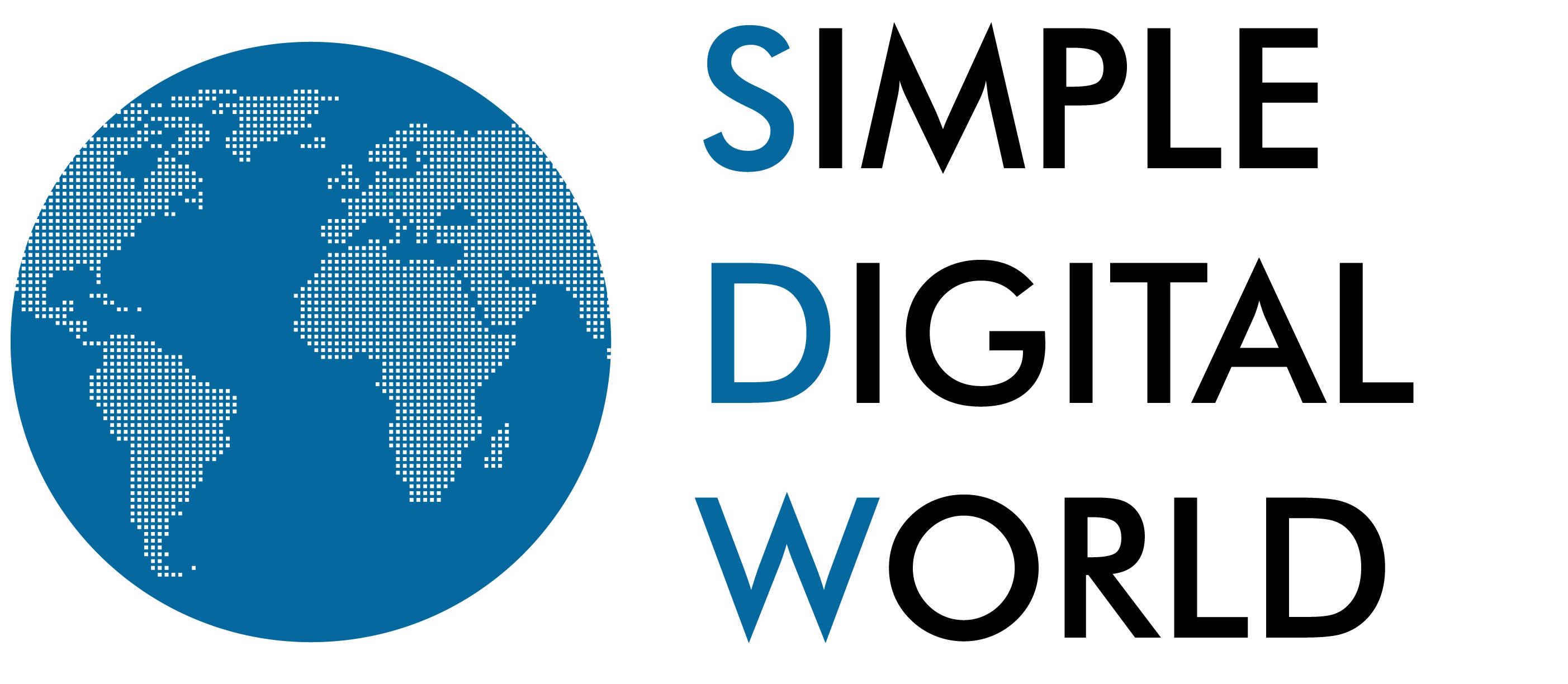
How to Easily Start your Customer Relationship Management in 2023
A blog post around the process of building and maintaining a customer relationship
A Customer Relationship Management (CRM) system is a tool that businesses use to manage interactions with customers and potential customers. It can help you keep track of customer information, sales and marketing efforts, and customer service interactions, all in one place.
What is customer relationship management?
Customer Relationship Management (CRM) is a business strategy that focuses on managing interactions with customers and potential customers. It involves using technology, such as specialized software, to collect and organize information about customers and their interactions with a company. The goal of CRM is to improve customer relationships, increase customer loyalty, and drive sales growth. CRM systems typically include tools for managing customer contact information, sales and marketing efforts, and customer service interactions. Businesses use this information to gain insights into customer behavior, preferences, and needs, which can help them make data-driven decisions and improve their overall customer experience.
Customer Relationship Management can be applied in various departments of a business such as sales, marketing, and customer service. In sales, CRM can help track leads, manage the sales pipeline, and automate sales forecasting. In marketing, CRM can help target and segment audiences, personalize campaigns, and measure marketing ROI. In customer service, CRM can help track customer interactions, manage customer complaints and service requests, and measure customer satisfaction.
Everything in one place
Moreover, Customer Relationship Management can also be used to improve internal communication and collaboration within an organization. It helps to keep all customer-related data and interactions in one central location. This makes it easier for employees in different departments to access and share information. So this helps to ensure that everyone is on the same page when it comes to servicing and supporting customers.
Overall, CRM is an important strategy that can help businesses improve their customer relationships, increase customer loyalty, and drive sales growth. It is widely implemented in various organizations regardless of their size, industry or business model. It’s becoming more important than ever for companies to provide a seamless, personalized customer experience in order to stay competitive in today’s market.
How to create a customer relationship management plan
Creating a Customer Relationship Management (CRM) plan involves several steps:
- Define your CRM goals: Identify the specific areas of your business that you want to improve through CRM. This might include increasing sales, improving customer loyalty, or streamlining customer service processes.
- Identify your target audience: Understand your customer base, including their demographics, buying habits, and pain points.
- Analyze your current processes: Review your current processes for managing customer interactions, sales, and marketing efforts, and customer service. Identify any inefficiencies or areas for improvement.
- Choose a CRM system: Research different CRM options and compare features to find the one that best meets your needs.
- Implement the CRM system: Set up the CRM system by inputting customer information, creating custom fields, and configuring settings. Train your team on how to use the CRM system and establish processes for updating and maintaining the system.
- Develop a data management plan: Determine how you will collect, store, and analyze customer data in the CRM system.
- Create a communication plan: Establish a plan for how your team will communicate and collaborate using the CRM system.
- Define measurements and KPIs: Establish key performance indicators (KPIs) to measure the effectiveness of your CRM efforts, such as sales growth, customer retention, and customer satisfaction.
- Continuously monitor and optimize: Regularly monitor your CRM data and use it to make data-driven decisions that can improve your customer relationships, increase customer loyalty, and drive sales growth.
It’s important to note that CRM implementation is a process and will take time to perfect. So don’t hesitate to seek help from professional consultants if you need it. Also keep in mind that the plan should be reviewed and updated regularly to adapt to the changing needs of your business and customers.
How to start a customer relationship management plan
To start a Customer Relationship Management (CRM) plan, you can follow these steps:
- Assess your current situation: Understand your current customer base, their needs, and how you currently interact with them. Identify areas where you can improve.
- Define your CRM goals: Identify the specific areas of your business that you want to improve through CRM. This might include increasing sales, improving customer loyalty, or streamlining customer service processes.
- Identify your target audience: Understand your customer base, including their demographics, buying habits, and pain points.
- Research CRM options: Research different CRM software options and compare features to find the one that best meets your needs.
- Set up the CRM: Once you’ve chosen your CRM software, set it up by inputting customer information, creating custom fields, and configuring settings.
- Train your team: Provide training to your employees on how to use the CRM software and establish processes for updating and maintaining the system.
- Integrate with other systems: If necessary, integrate the CRM with other systems you use, such as your accounting software or email marketing platform.
- Start using the CRM: Begin using the CRM to track customer interactions, sales and marketing efforts, and customer service interactions.
- Monitor and analyze the data: Regularly monitor and analyze the data collected in the CRM to identify trends and make data-driven decisions for your business.
- Continuously optimize: Continuously monitor and optimize your CRM plan and processes to adapt to the changing needs of your business and customers.
It’s important to remember that starting a CRM plan takes time and effort. So it’s essential to be patient and persistent to achieve the desired results. Keep in mind that the CRM plan should be reviewed and updated regularly. Adapt it to the changing needs of your business and customers.
How to maintain a customer relationship
Maintaining a customer relationship involves regularly communicating and interacting with customers in a way that builds trust, loyalty, and satisfaction. Here are a few examples of how you can maintain a customer relationship:
- Communicate regularly: Keep in touch with your customers through regular communication such as email newsletters, phone calls, or in-person meetings. This helps to keep your business top-of-mind and shows customers that you value their business.
- Show appreciation: Show your customers that you appreciate their business by offering promotions, discounts, or other incentives. Acknowledge important events in their lives, such as birthdays or anniversaries.
- Provide excellent customer service: Respond promptly and professionally to customer inquiries and complaints. Train your team to handle customer interactions effectively.
- Follow up: Reach out to customers after a purchase or service to ensure they are satisfied and to address any concerns. This can help identify areas for improvement and increase customer satisfaction.
- Personalize your interactions: Use the information you have about your customers to personalize your interactions. For example, you can use their name in communication, or recommend products or services that they may be interested in.
- Listen to feedback: Encourage customers to provide feedback and take it into account when making decisions. This can help identify areas for improvement and increase customer satisfaction.
- Be proactive: Anticipate your customer’s needs and offer solutions or new products that may be of interest to them.
- Be responsive: Always be available to your customers and respond to them quickly. This can help to build trust and loyalty.
By regularly communicating and interacting with customers in a way that builds trust, loyalty, and satisfaction, you can maintain strong customer relationships that lead to repeat business and positive word-of-mouth recommendations.
10 Ways to improve your customer relationship management
There are several ways to improve your Customer Relationship Management (CRM) efforts:
- Analyze your data: Regularly review and analyze the data collected in your CRM system. Use this data to identify trends and make data-driven decisions that can improve your customer relationships.
- Personalize interactions: Use the information you have about your customers to personalize interactions and communications. For example, you can use their name in communication, or recommend products or services that they may be interested in.
- Improve customer service: Review and improve your customer service processes and train your team to handle customer interactions effectively. This can help to increase customer satisfaction and loyalty.
- Leverage automation: Automate repetitive tasks such as email campaigns, lead nurturing, and follow-up to save time and increase efficiency.
- Listen to feedback: Encourage customers to provide feedback and take it into account when making decisions. This can help identify areas for improvement and increase customer satisfaction.
- Be proactive: Anticipate your customer’s needs and offer solutions or new products that may be of interest to them.
- Utilize technology: Utilize technology such as chatbots, AI, and machine learning to enhance your CRM efforts.
- Integrate with other systems: Integrate your CRM system with other systems you use, such as your accounting software or email marketing platform, to increase the efficiency of your CRM efforts.
- Continuously monitor and optimize: Regularly monitor and optimize your CRM plan and processes to adapt to the changing needs of your business and customers.
- Train and educate: Provide training and education to your employees about the CRM system and best practices for customer relationship management, to ensure that all team members are on the same page, and can provide the best customer service.
These are a few examples of ways to improve your CRM efforts. It’s important to remember that CRM is an ongoing process that requires continuous monitoring, optimization and implementation of best practices.
Conclusion
A Customer Relationship Management (CRM) system is a tool that businesses use to manage interactions with customers and potential customers. It can help keep track of customer information, sales and marketing efforts, and customer service interactions all in one place. To start using a CRM system, you will need to identify your business’s specific needs and goals, research different CRM options, set up the CRM system, train your team and begin using the CRM system to track customer interactions, sales, and marketing efforts and customer service interactions. Monitor and analyze the data collected in the CRM to identify trends and make data-driven decisions for your business.
Creating a CRM plan involves several steps, such as defining your CRM goals, identifying your target audience, analyzing your current processes, choosing a CRM system, implementing the CRM system, developing a data management plan, creating a communication plan, defining measurements and KPIs, and continuously monitoring and optimizing.
Maintaining a customer relationship involves regularly communicating and interacting with customers in a way that builds trust, loyalty, and satisfaction. Examples include communicating regularly, showing appreciation, providing excellent customer service, following up, personalizing interactions, listening to feedback, being proactive, and being responsive.
Improving your Customer Relationship Management efforts includes analyzing your data, personalizing interactions, improving customer service, leveraging automation, listening to feedback, being proactive, utilizing technology, integrating with other systems, continuously monitoring and optimizing, and providing training and education to your employees. CRM is an ongoing process that requires continuous monitoring, optimization, and implementation of best practices.

